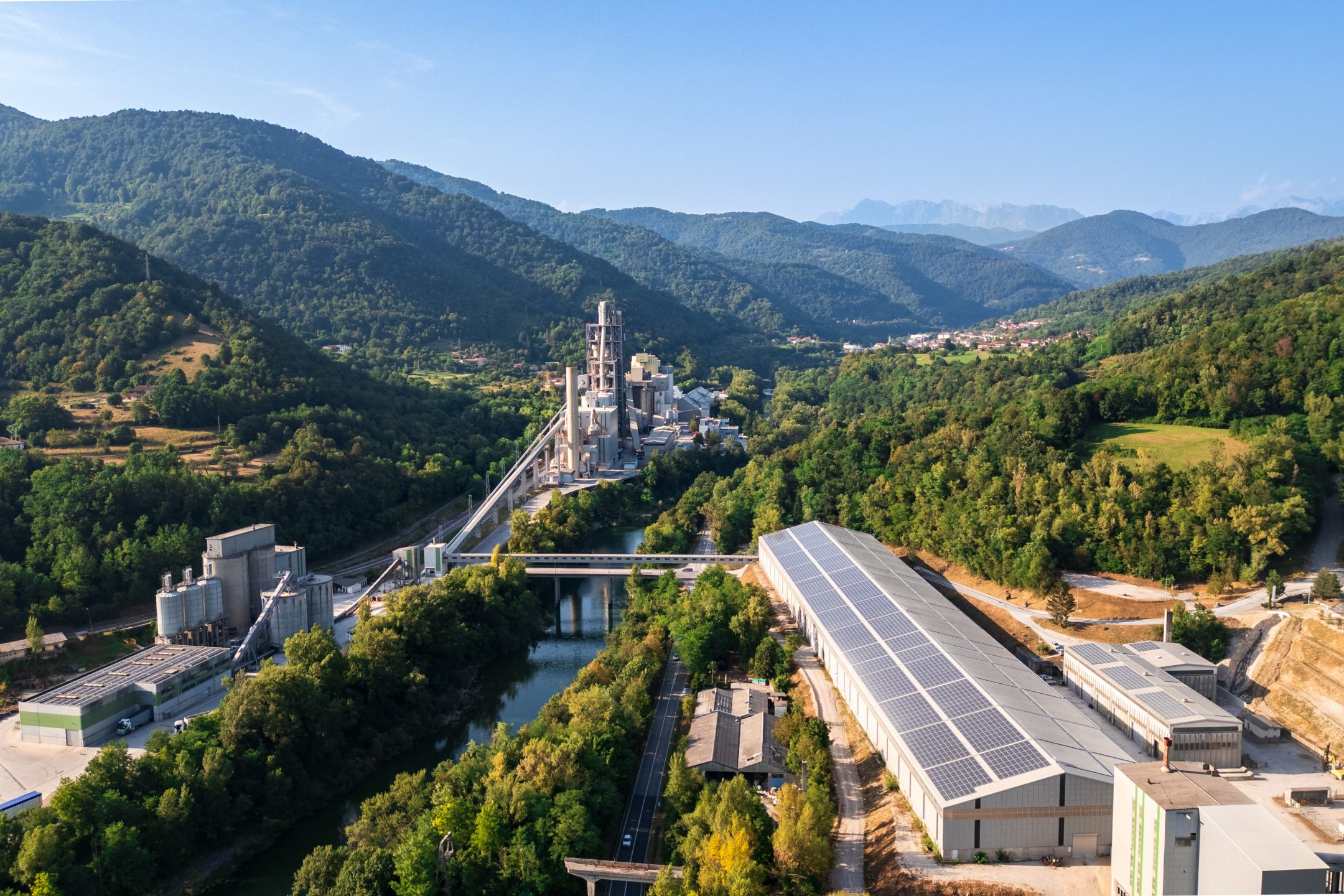Living
Fine Wine from the Balkans

Špela Bizjak
JOURNALIST AT THE ADRIATIC
Nestled in the heart of southeast Europe, the Balkan region has long been a treasure trove of history, culture, and natural beauty. But the Balkans are also home to some of the world's most captivating and underrated wine-producing regions. We embark on a journey through the diverse and rich vinyards, where traditions meet innovation, and where a sip of wine reveals stories of resilience, passion, and a deep connection to the land.
Montenegro - Plantaže
Thirty kilometers from the Adriatic Sea, next to lake Skadar, are infinite rows of grapevines from one of the largest vineyards in Europe – Ćemovsko polje. It covers 2.300 hectars with around 11.5 million grapevines. Even though it may seem impossible, 95% grapes from Ćemovsko polje are picked manually. More than 2,000 people participate during the harvest that lasts from August to the end of September.
Today Plantaže is a modern enterprise known for its authentic varieties of Vranac and Krstač wines which have garnered awards and gained recognition for their distinct geographical origins. They are meticulously crafted and stored in the impressive Šipčanik wine cellar, where more than two million litres of wine mature to perfection. Plantaže are also a huge contributor to the national economy and the country’s biggest exporter to over 44 countries worldwide across nearly every continent.
North Macedonia - Tikveš /Tikveš Winery
Tikveš is the most well-known wine region in Macedonia. It is in the very heart of the country and stretches along similar latitudes as the Bordeaux region in France, Tuscany region in Italy and the Napa Valley region in California. The wine district is situated on around 2,000 sqm of fertile land, surrounded by mountains on three sides.
T’ga za Jug wine was created at the beginning of the seventies of the last century, where the name comes from the title of a poem by Konstantin Miladinov, a famous poet from Struga who lived in the middle of the 19th century. He spent some time living in Russia where he wrote an elegy in which he yearns for his homeland. T’ga has become a symbol of North Macedonian wine, reflecting the distinctive essence of the southern regions.

Serbia
Vinarija Jović, a charming boutique winery from Knjaževac, is one of the few in Serbia’s treasure trove of hidden gems, perhaps best known for its popular Vranac wines. The winery’s brand is also the famous Potrkanj Vranac and Višnjica, an internationally recognised wine made from an autochthonous cherry variety.
Bosna & Herzegovina - Vinarija Jungić
Owner Željko Jungić shares that his motivation for starting the winery comes from a blend of determination and passion, driven by the curiosity of seeing Slovenians, Austrians, Swiss, English, Swedes, and Canadians successfully producing wine, while Bosnia and Herzegovina had no local grape cultivation and winemaking. In pursuit of his ambition, over 18,000 vines of high-quality wine varieties now thrive on approximately 6 hectares of Markovac village’s picturesque slopes.
In addition to the vineyard, a fully equipped winery winery and a welcoming tavern have been constructed to cater for tourists. Jungić’s best known wine is the red Šikar. The winery puts a special focus on cabernet sauvignon, merlot, and white chardonnay, pinot blanc and rhine riesling varieties.
Croatia - Zlatan otok, Hvar

One of the most awarded wineries with a long tradition of producing top quality wines from native Croatian varieties. Located in the village Sveta Nedjelja, it is surrounded by stunning and distinctive vineyards on the steep southern slopes of the Hval island. The vineyards are special because they grow on slopes with inclines of up to 40%, where they have great sun exposure while benefitting from the stabilising influence of the nerby sea which prevents excessive temperature fluctuations. The pinnacle of their wine production is the world-renowned and extensively awarded Zlatan Plavac Grand Select, originating from these exceptional vineyards.
THE ADRIATIC
This article was originally published in The Adriatic Journal: Strategic Foresight 2024
If you want a copy, please contact us at info@isr.si.








